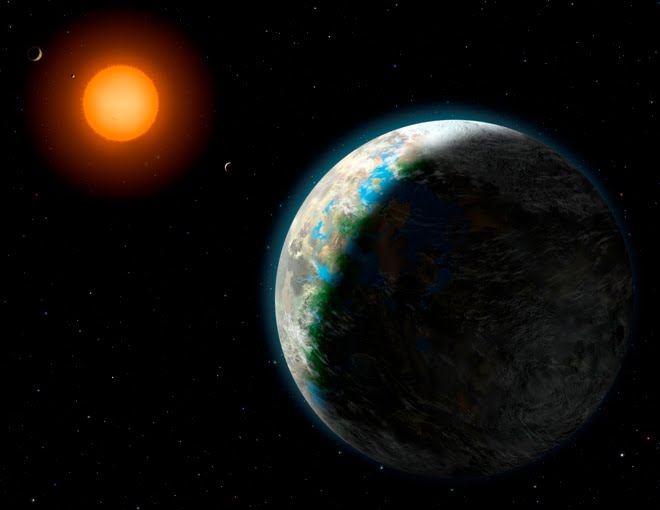Are "SuperMoons" linked to Indonesia and Japan earthquakes/tsunamis?
Historical Supermoons and subsequent weather patterns
Super Moon - A new or full moon at 90% or greater of its closest perigee to Earth has been named a "SuperMoon" by astrologer Richard Nolle.
Extreme Super Moon - Occurs when a Super Moon when passing closest to Earth. Specifically, an extreme "SuperMoon" is when the moon is full or new as well as at its 100% greater mean perigee (closest) distance to earth. By this definition, last month's full moon, this month's and next month's will all be extreme "SuperMoons".
Extreme Super Moons have occurred in 1955, 1974, 1992/1993, and 2005; the 2011 Extreme Super Moon will be the closest since 1993.
2005 Supermoon possibly connected to Dec 2004 Indonesia earthquake?
The 2004 Indian Ocean earthquake was an undersea megathrust earthquake that occurred at 00:58:53 UTC on Sunday, December 26, 2004, with an epicentre off the west coast of Sumatra, Indonesia. The quake itself is known by the scientific community as the Sumatra-Andaman earthquake. The resulting tsunami is given various names, including the 2004 Indian Ocean tsunami, Asian Tsunami, Indonesian Tsunami, and Boxing Day Tsunami.
AccuWeather Facebook fanpage member Daniel Vogler adds, "The last extreme super moon occurred was on January 10th, 2005, right around the time of the 9.0 Indonesia earthquake. That extreme super moon was a new moon. So be forewarned. Something BIG could happen on or around this date. (+/- 3 Days is my guess)"
1993 Flooding and Weather events
American Midwest Great Flood of 1993 wikipedia webpage
1993 North America Storm of the Century
The majority of experts claim that supermoons are not related to the recent earthquake and tsunami in Japan, however when we get to March 20th or March 21st, at that point it will be much more prudent to begin assessing whether there is any correlation.
Supermoon related links:
History of Extreme Supermoons linked to Japan, Haiti, Indonesia earthquakes
Extreme Supermoon March 19,2011 information
Supermoon did not cause Japan earthquake: Discover Magazine's Bad Astronomy blog
Wikipedia web page on Supermoons
Astronomical explanations of Mayan 2012 prophecies






